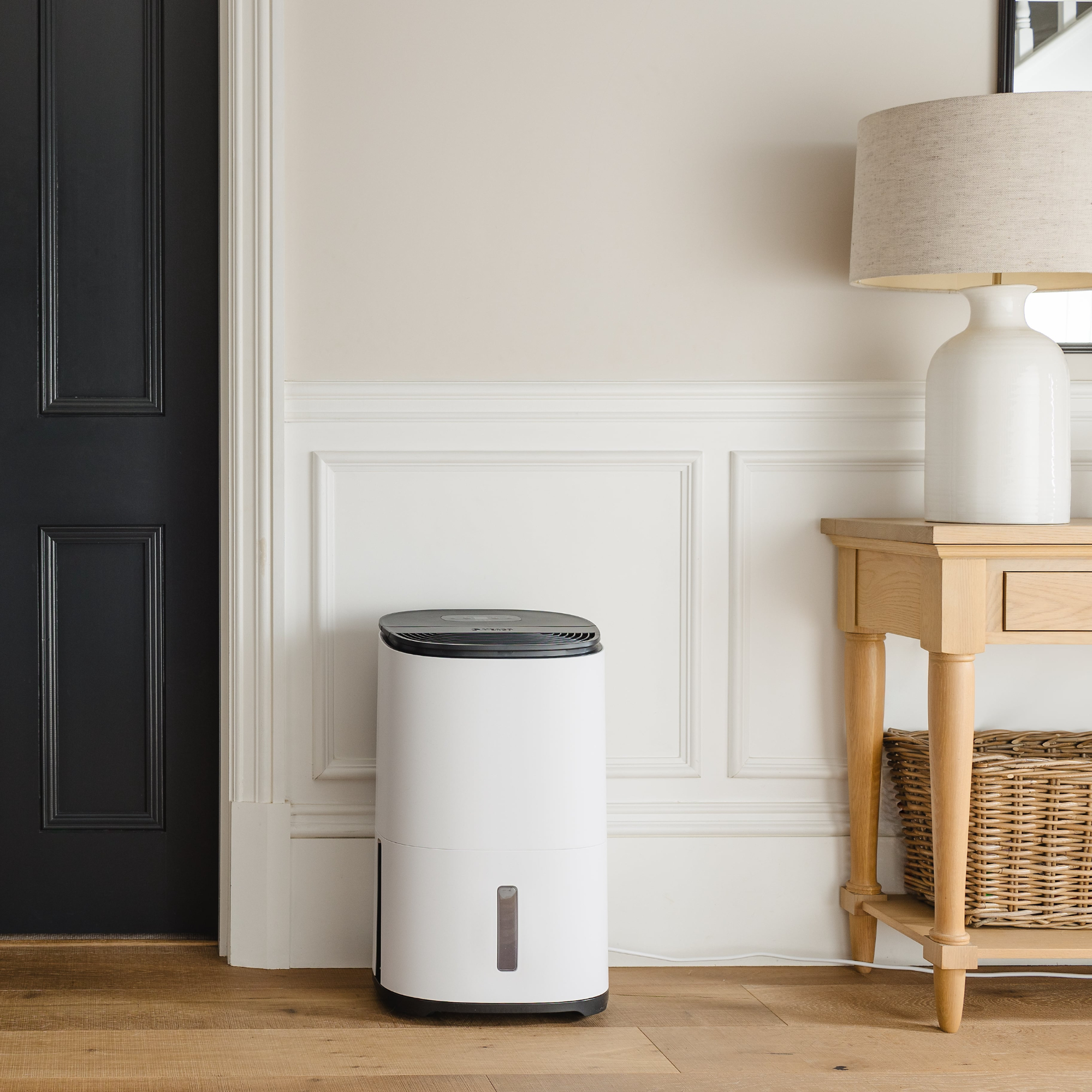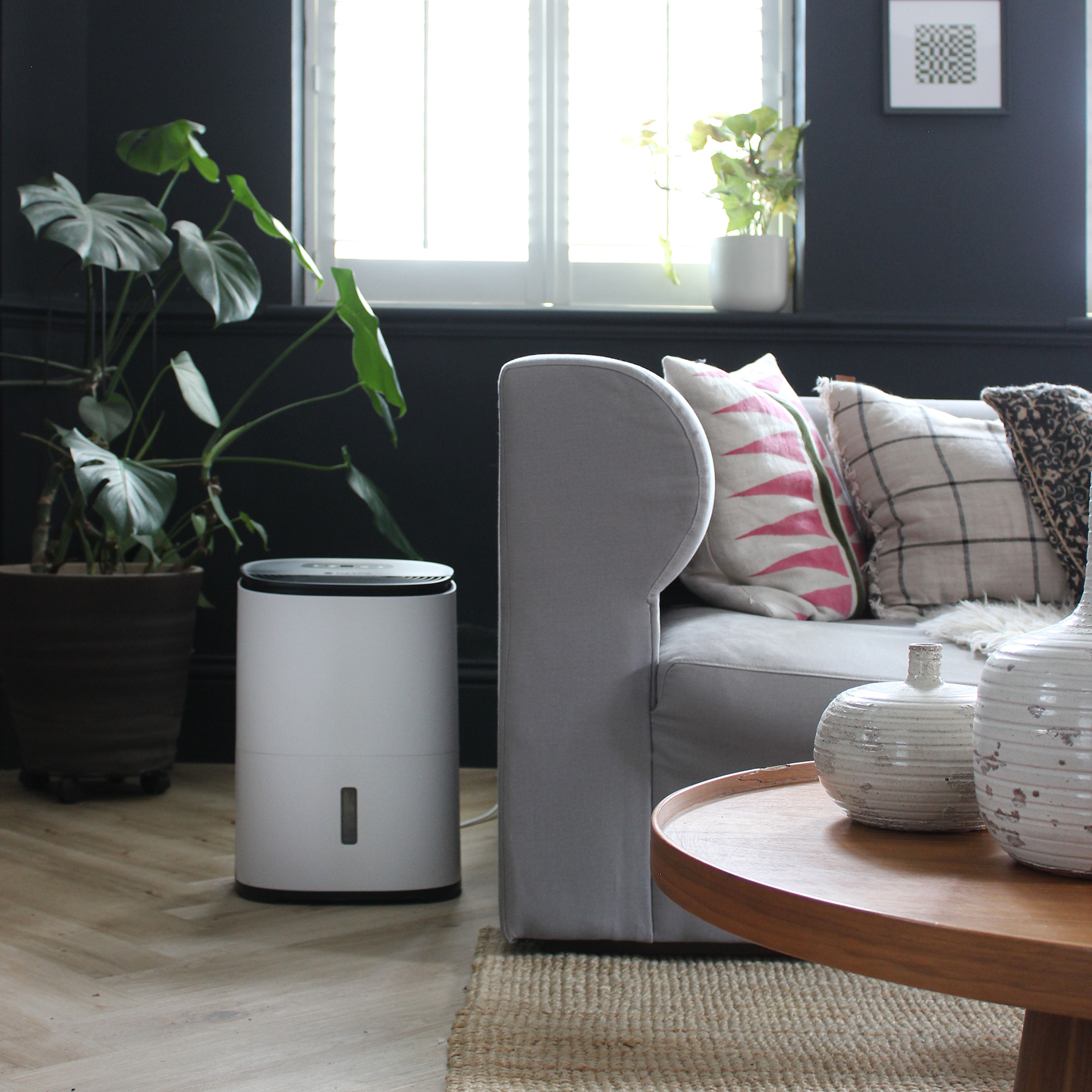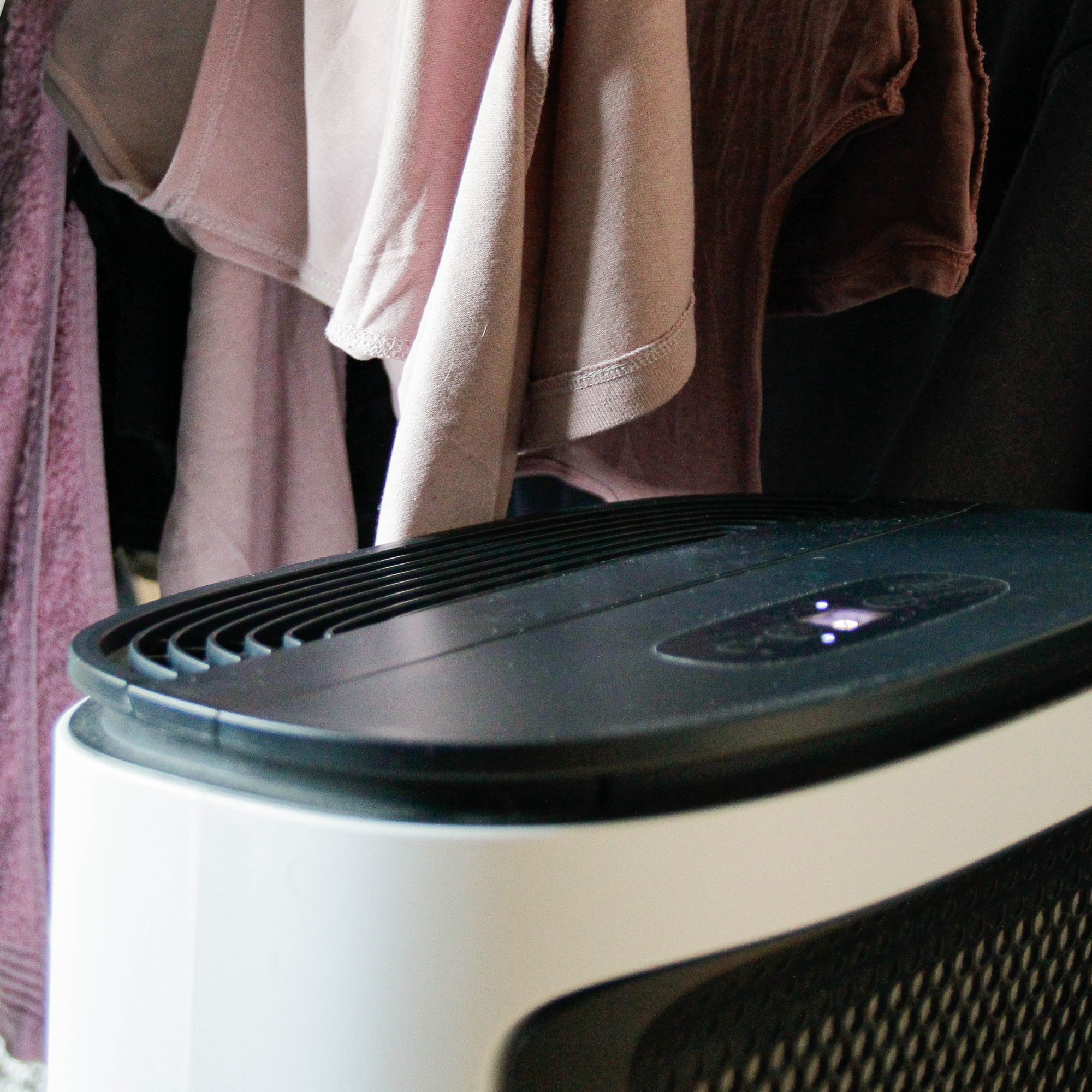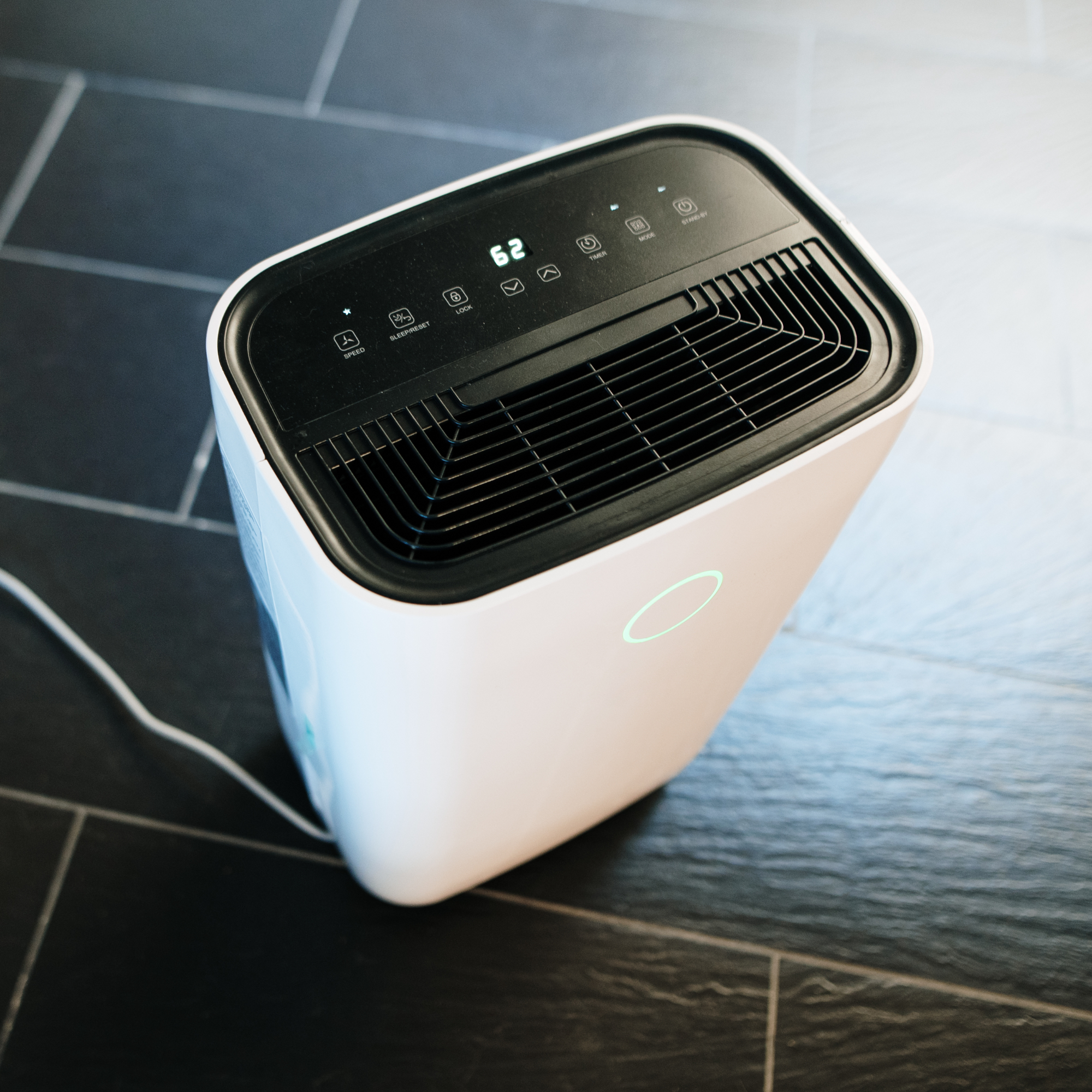
To open or not to open windows when using a dehumidifier is a big topic of discussion, often resulting in several conflicting answers. We've always been taught to open our windows frequently to allow for natural ventilation and prevent damp inside our homes; however, if you've already enlisted the help of a dehumidifier, is it still necessary to keep your windows open?
Before the best dehumidifiers were around to tackle indoor humidity issues, leaving a window open has long been a reliable way to try and prevent the build-up of damp. This is especially true in specific areas in our homes that are more prone to moisture issues, such as bathrooms and kitchens. However, if condensation and mould are persistent issues you keep encountering on a day-to-day basis, it's time to take these as a sign that you need a dehumidifier ASAP.
Seeing as dehumidifiers don't necessarily come cheap, if you're investing in one, it pays to know the best practices and common dehumidifier mistakes to avoid so you can ensure you're getting the most out of your home appliance. That's why we've asked experts to clarify once and for all if you should open windows when using a dehumidifier, or keep them closed for the best results.

Should you open or close windows with a dehumidifier?
'If you have a dehumidifier, the need to open windows for natural ventilation to prevent mould and damp build-up is reduced or even unnecessary, depending on the circumstances,' begins Holly Male, brand manager at Duux.
'A dehumidifier works by drawing moisture out of the air, effectively lowering humidity levels. By reducing humidity, it can prevent mould and dampness from developing since mould thrives in moist environments. To allow a dehumidifier to work optimally, it is generally better to keep windows and doors closed,' continues Holly.
This is because it creates a controlled environment where the dehumidifier can manage indoor humidity levels without having to account for the inconsistencies coming from outdoors.

Joshua Warren, AO.com's dehumidifier expert further explains, 'If you leave windows open, especially during humid weather, the dehumidifier will have to work much harder, as it will be trying to remove the moisture that continually enters from outside. This not only reduces its efficiency, but can also lead to higher energy consumption.'
Considering it's recommended to keep a dehumidifier running indefinitely on auto mode, if you want to keep the cost of running a dehumidifier down and its efficiency up, keeping your windows closed is your best bet – especially with many of us rearing to get more use out of our dehumidifiers in the winter months.

There are some circumstances in which opening a window briefly may help to prevent damp issues when you're already using a dehumidifier. However, Chris Michael, managing director at Meaco notes that this trick only works when the air outside is colder than the air inside the house.
'This means that on a cold winter's day, you can open the windows in a damp house and bring in the cold, damp air from outside and it will dry your house. But not for free,' cautions Chris. Say for example, you bring cold air of around 6°C in to a house that is heated to 20°C, you're allowing the fresh air to come in, but in turn, the heated air goes straight out. As a result, you then have to pay to heat all of the fresh air that you have brought in.
Therefore, although cracking a window open here and there can be a good thing, Chris ultimately says that trying to beat damp issues through ventilation alone isn't the best and has more disadvantages and hidden costs than you'd imagine. At this point, investing a dehumidifier to dry out damp walls and keeping your windows closed is the ideal setup to reap the maximum benefits of using a dehumidifier.

One thing to note, however, is that although it's best to keep windows closed when using a dehumidifier, ventilation is still important for ensuring fresh air circulation – and this is a completely separate issue to be addressed from optimal dehumidifier usage.
'This is particularly true if there are sources of indoor pollutants, such as cooking fumes or chemicals. If indoor air quality becomes a concern, it might be necessary to occasionally open windows or use mechanical ventilation systems to bring in fresh air (such as one of the best air purifiers), though this should be balanced with the need to control humidity,' explains Holly.
Shop our top-rated dehumidifiers
The MeacoDry Arete Two is an impressive step-up from its predecessor, offering the same quiet operation, superb performance, and ease of use of the bestselling Arete One with new quality of life updates such as a timer, Wi-Fi connectivity, and Smart compatibility – making it the best in class right now. It even comes with a built-in HEPA filter for air purification.
If you're after an affordable option with a relatively large capacity, this ElectriQ dehumidifier ticks a lot of our boxes, namely its quiet operation, handy colour-changing indicator light to view your home's humidity levels at a glance, and built-in carbon filter to remove odours and moisture.
For an even more affordable option, this Pro Breeze mini dehumidifier is a fantastic option if you've only got minor moisture issues or want a budget buy for a small room. Its Peltier condenser isn't as powerful as a compressor dehumidifier, but it's still pretty effective nonetheless.
All in all, as far as dehumidifiers alone are concerned, keeping windows closed is the best practice to ensure you get the most out of your dehumidifier and get delivered the results you're looking for.







